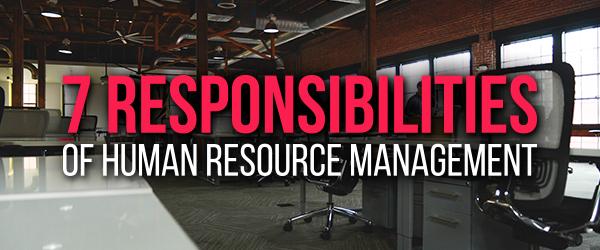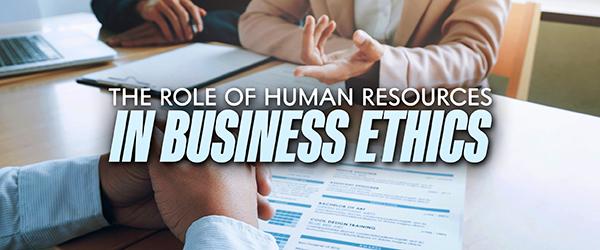|
Human resource departments can have a dramatic impact on strategic planning, productivity, administrative cohesion, employee engagement, and various other aspects of running a business. Indeed, a strong HR department can help your business establish a productive and profitable company culture. So the question is: What makes an effective HR department? |
|
Website by RyTech, LLC







 RSS Feed
RSS Feed
